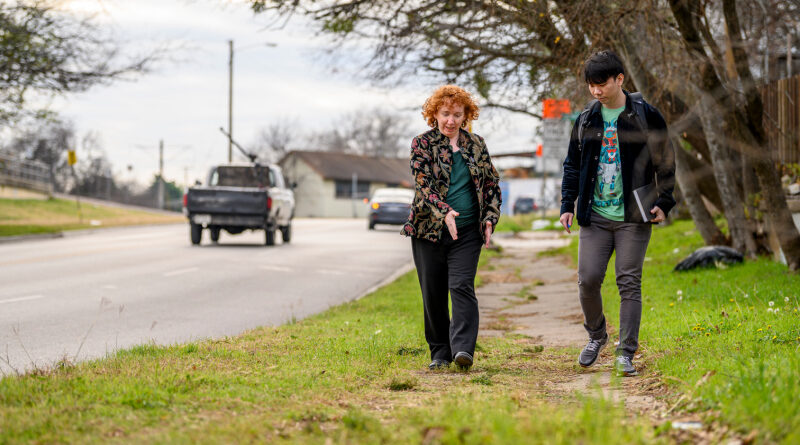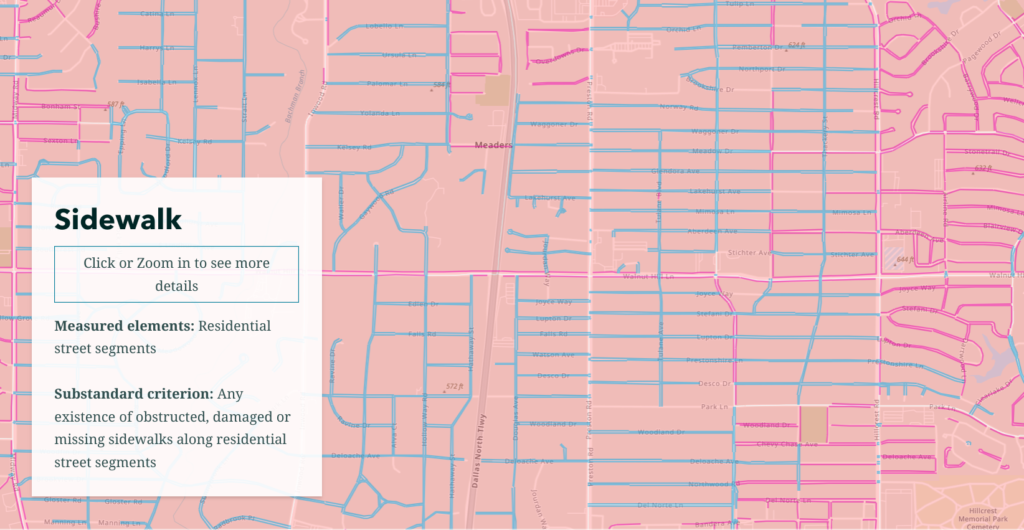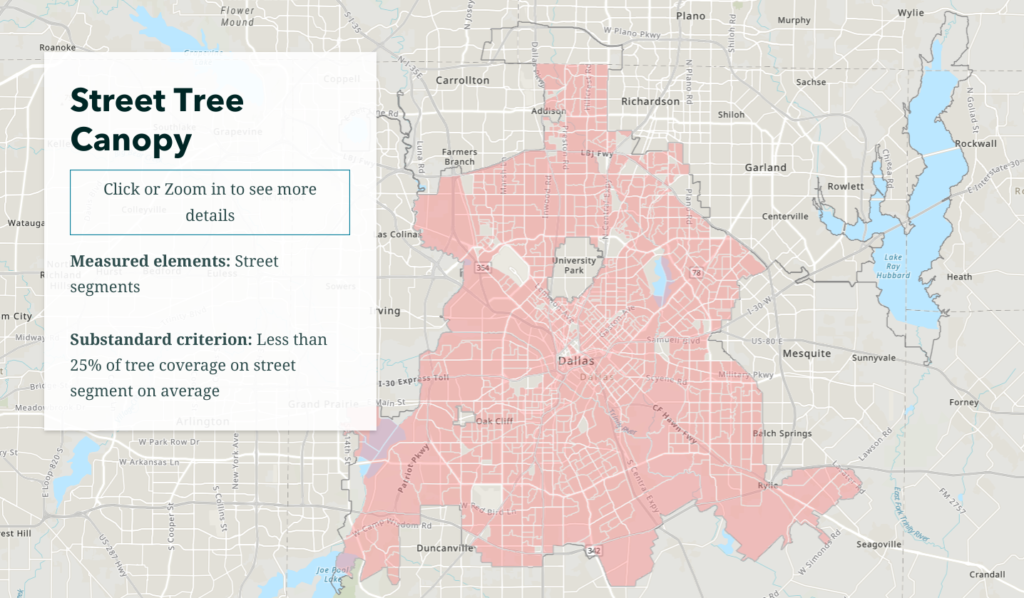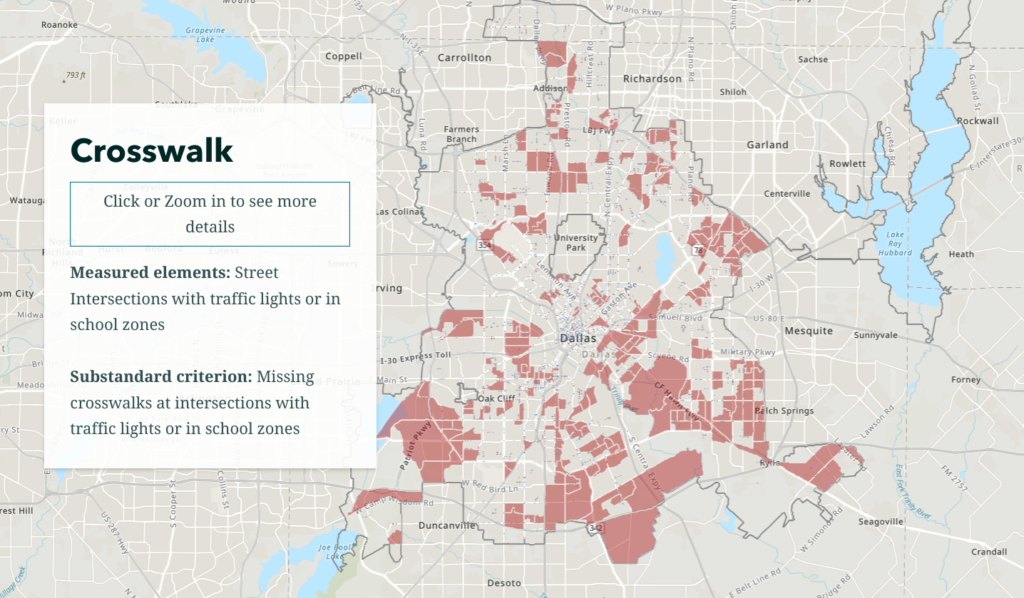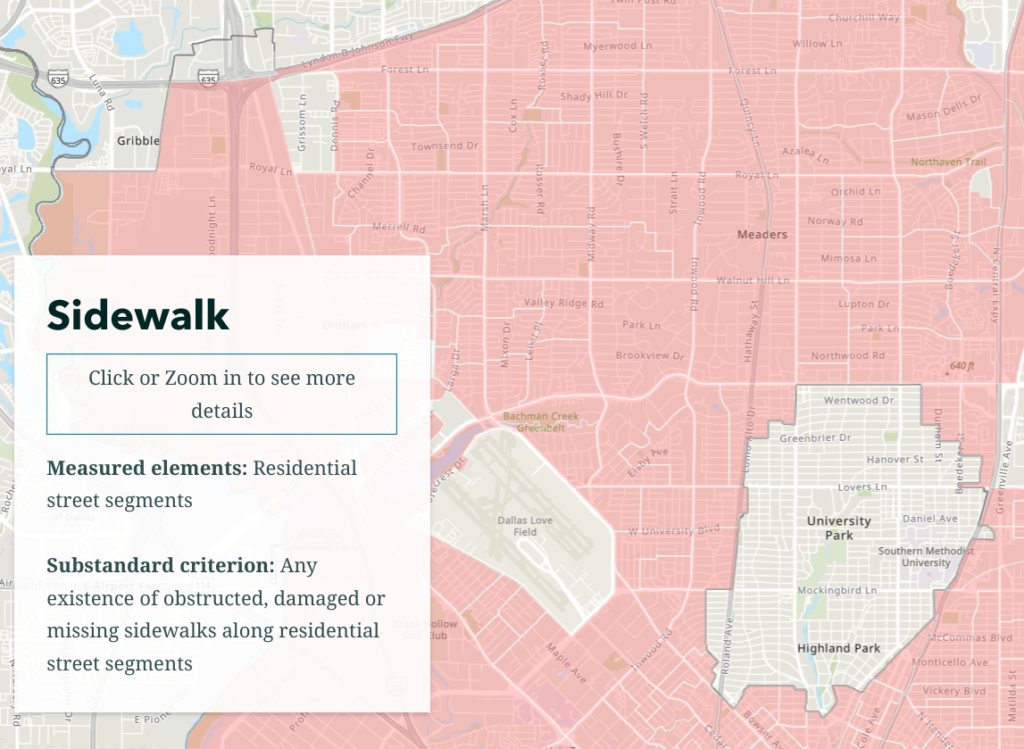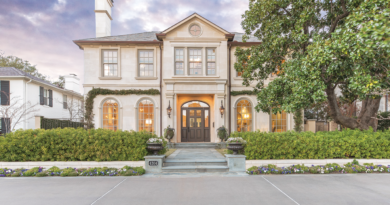Mapping the Inequities
SMU civil engineering researchers take measure of neighborhoods, block by block

It’s taken a few years, but SMU civil engineering researchers have mapped and identified 62 Dallas neighborhoods that qualify as infrastructure deserts.
And while there aren’t any such deserts in Preston Hollow, Dr. Barbara Minsker, who is heading up the project with doctoral student Zheng Li, said the inequities impact the entire city’s health.
“There are a number of reasons we should all care — there are health issues and safety issues. There are community issues,” she said. “If there are no community gathering places, and you don’t know your neighbors, when the next disaster strikes — whether it’s a pandemic or a tornado or an economic downturn, you don’t have anyone to turn to.
“We have these spaces that are safe and nice where people gather, and community is a really important piece of the fabric for resilience and for people to be able to function,” she added. “If they can’t thrive, then we’re going to be paying to support them one way or another. So we might as well support them in a way that supports the fabric of the community.”
Most of the neighborhoods are in the southern part of the city and are home to primarily low-income Black and Hispanic residents. Minsker’s team created a computer framework to assess 12 types of neighborhood infrastructure at the census-block level and then used that framework to evaluate and compare nearly 800 Dallas neighborhoods.
Some of the data came from city staff, Minsker said — for instance, public works gave the team sidewalk condition data and pavement condition data.
“We compare Dallas with Chicago, LA, and New York City, and Dallas has the worst infrastructure and the most inequity of any of those cities.”
Dr. Barbara Minsker
“There were some things we couldn’t get from them and some things they didn’t know,” she said. “So, for example, for crosswalks – we took aerial images and trained a machine learning model to identify crosswalks in those images.”
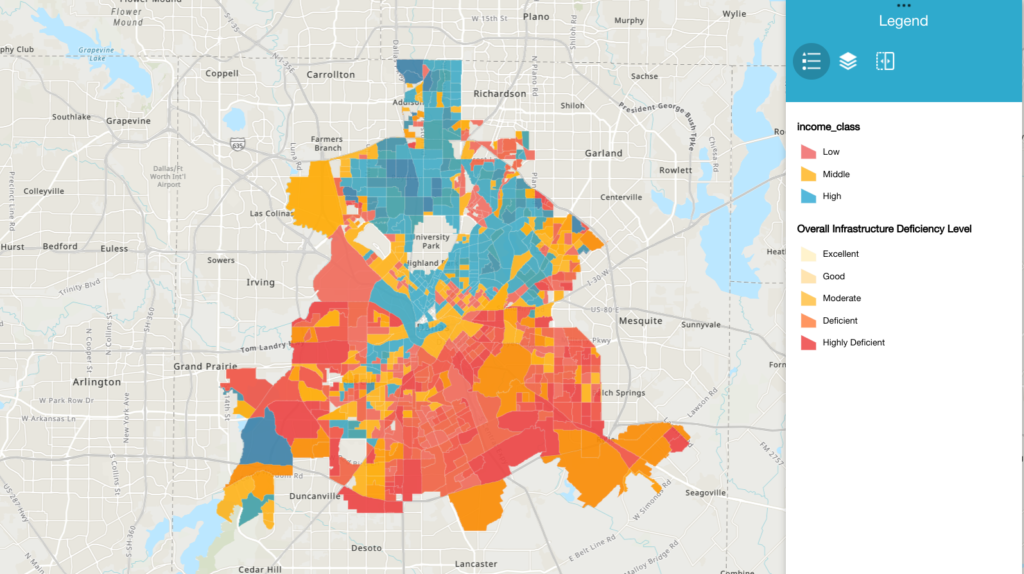
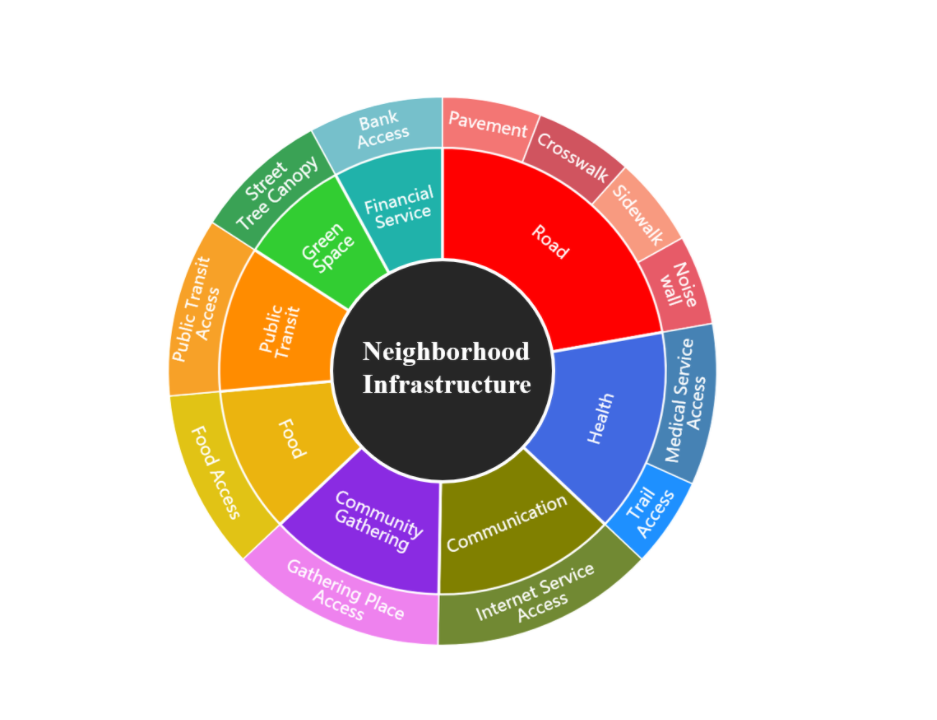
In some cases, researchers drove or walked blocks to collect the data.
In turn, they used that information to create interactive reports full of maps and graphics outlining the status of everything from internet access to transportation access to community gathering places. Each neighborhood was rated on a scale ranging from excellent to highly deficient.
Minsker said that those who visit the report would probably notice that some issues — sidewalk and road conditions, for instance — are universally bad throughout the city, but that people should take a drive to some of the infrastructure deserts to see the difference.
“You’ll know it when you see it,” she said.
Minsker said that newer, yet-to-be-released research compares Dallas to other large cities.
“We compare Dallas with Chicago, LA, and New York City, and Dallas has the worst infrastructure and the most inequity of any of those cities,” she said. “We have a hypothesis that when we look at the maps of those four cities in terms of neighborhoods that are predominantly Black, predominantly white, predominantly Hispanic, or none of those, Dallas has far more segregation — even though it’s no longer official — than the other three cities do.”

